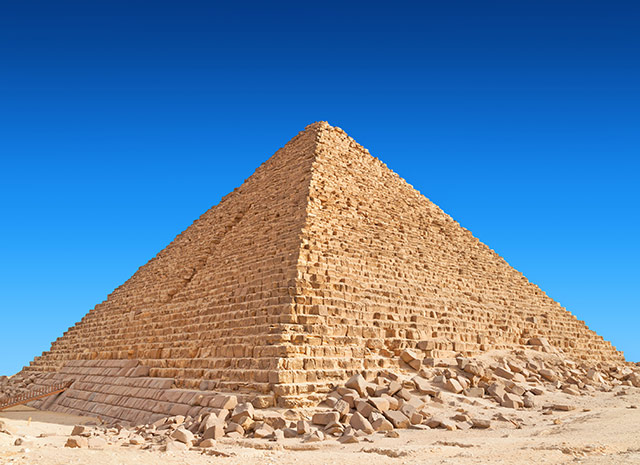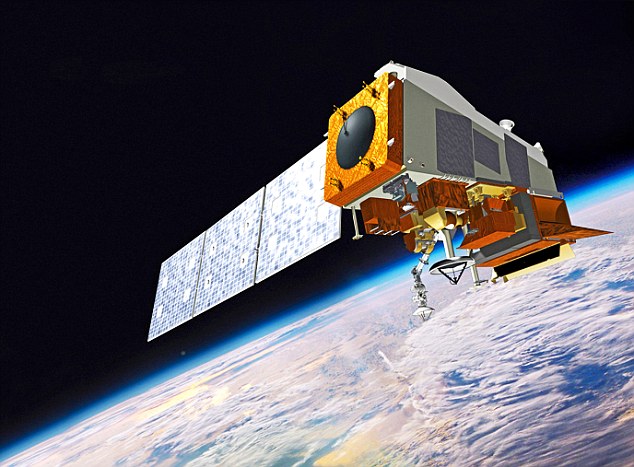
An SUV-sized asteroid made the closest known flyby by such an object to Earth on Saturday, August 15. It flew over the southern Indian Ocean during its nearest dip into the atmosphere. Astronomers, however, only detected it six hours after its closest approach to Earth.
Scientists at the Palomar Observatory in California were the first to spot the asteroid, called 2020 QG, at around 9:00 p.m. They said that the asteroid was already on its way further into space when they detected it.
“The asteroid approached undetected from the direction of the sun,” said Paul Chodas, director of the Center for Near Earth Object Studies at the National Aeronautics and Space Administration (NASA), to Business Insider.
“We didn’t see it coming.”
Closest asteroid flyby to Earth
According to Chodas, the asteroid now holds the record for the closest flyby to Earth that did not result in an impact. The nearest it got to Earth was about 1,830 miles, which is less than one-fourth of Earth’s diameter. It was also a fast one, zooming into space at 27,600 miles per hour.
NASA said that it was unlikely that the asteroid would have inflicted any substantial damage if it did impact the Earth. Asteroid 2020 QG is about 10 to 20 feet in diameter, which is about the size of an SUV. It would have disintegrated upon entering the atmosphere and only tiny fragments of it would have reached the ground.
The last time a car-sized asteroid hit Earth was in 2018 in Botswana. Asteroid 2018 LA was hurtling at speeds averaging 38,000 miles per hour, eventually burning up in the atmosphere before it reached the ground. No damage was reported and only small fragments of the meteorite were found around the impact site.
However, unlike 2020 QG, 2018 LA was detected well before it reached Earth. According to NASA, it was almost as far away as the Moon when it was discovered by astronomers at the Catalina Sky Survey near Tucson, Arizona.
The early detection marked the third time scientists predicted that an asteroid is on a collision course to Earth. The other two were in 2008 in Sudan and in 2014 in the Atlantic Ocean, which were also detected by the Catalina Sky Survey.
Every year, Earth is hit by an average of 6,100 meteors that are big enough to reach the ground.
Notable catastrophic asteroid impacts
Asteroids 2020 QG and 2018 LA are blips compared to previous asteroids that wreaked significant damage.
One recent example is the 2013 meteorite impact in Russia that injured 1,600 people. The asteroid was estimated to be the size of an average house – 10 times larger than asteroid 2020 QG. It traveled at nearly 40,000 miles per hour and released the energy equivalent of 440,000 tons of TNT, generating a shock wave that shattered nearby windows in the city of Chelyabinsk in southwestern Russia.
“The Chelyabinsk event drew widespread attention to what more needs to be done to detect even larger asteroids before they strike our planet,” shared NASA Planetary Defense Officer Lindley Johnson.
A deadly instance of an asteroid impact is the Chicxulub impact event 65 million years ago. Scientists believe that it wiped out 50 percent of all species, including the dinosaurs, that were living at the time. The impact produced about a 100-million megaton blast in the Gulf of Mexico, sending an intense shock wave across the seas and deep into the continental interior. In comparison, the energy equivalent of the world’s nuclear arsenal is about 60,000 megatons. (Related: Astronomers conduct “planetary defense” exercise to prepare for extinction-level events.)
It is estimated that the area significantly affected by the blast had a radius ranging from 560 to 1120 miles. And because the impact occurred at the sea, the blast caused a tsunami that crashed over the coastlines and reached farther across the proto-Caribbean and Atlantic basins.
Scientists said that the likelihood of a devastating meteorite impact occurring in the next 100 years is slim. However, current forecasting technologies are limited; if last Saturday’s close shave is any indication, then NASA and other space agencies seem unprepared to detect some upcoming asteroid collisions.
Disaster.news has more on what could happen if a massive asteroid hits the Earth.
Sources include:
Please contact us for more information.





















